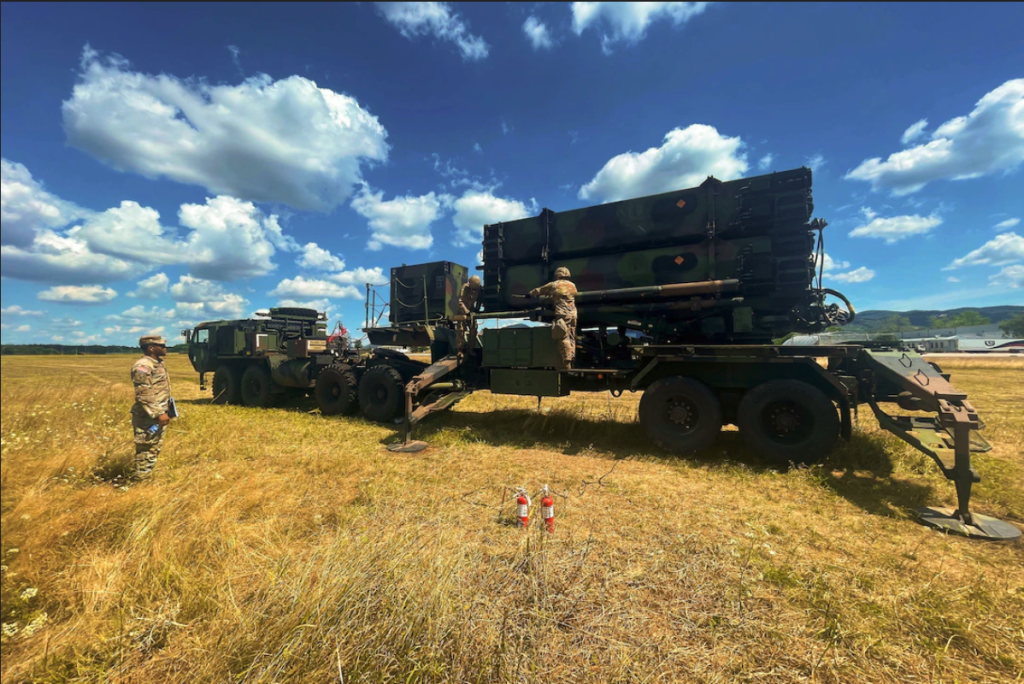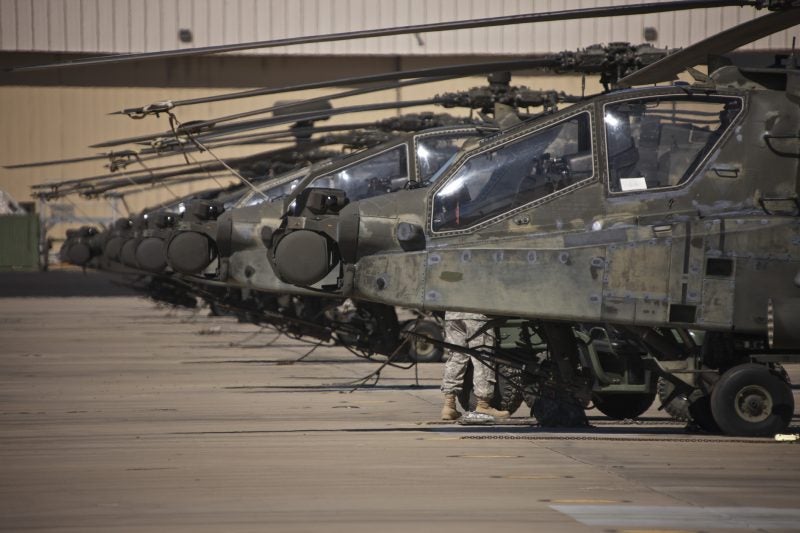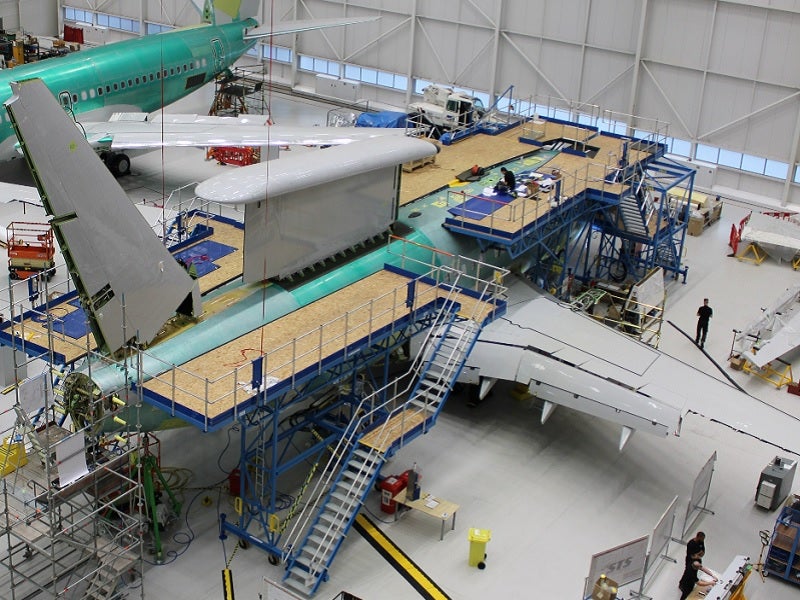
Responding to a written question on the progress of Project Mosquito, the Many Drones Make Light Work programme and other work to develop swarming UAV capabilities, Goldie said Project Mosquito had entered Phase 2 and that Many Drones Make Light Work had undertaken successful trials in March of this year.
The project to develop and deliver swarming drone capabilities for the UK is being headed by the Raf’s Rapid Capabilities Office. Commenting on the progress of the development effort, Goldie said: “The Royal Air Force‘s swarming drones project continues to be developed by the Rapid Capabilities Office with progress during recent trials exceeding expectations in several areas.
“Following the successful first trials, 216 Squadron was reformed at RAF Waddington on 1 April 2020. They will take on the operating role for the RAF’s fleet of network-enabled drones.”
The MOD reformed 216 Squadron to little fanfare earlier this year, as the Ministry of Defence focused efforts on assisting in the response to the Covid-19 coronavirus pandemic. Amid the pandemic, the squadron was stood up with minimal manning. In April, when the squadron was reformed the RAF said it was assessing how Covid-19 would affect manning and development timelines.
Discussing the progress of the development efforts, Goldie said: “Project Mosquito is a technology demonstration being conducted in two phases. Phase 1 is complete, and the Ministry of Defence is currently evaluating the proposals for Phase 2. As Project Mosquito is a technology demonstrator, it is not anticipated that the project will result in an operational capability.
“The Many Drones Make Light Work project explores the technical feasibility and military use of a swarm of up to twenty small unmanned aircraft vehicles, operating under the control of one individual. The project is in its final phase, Phase 3, delivering a structured flight evaluation programme of this new capability with the successful first trials held in March 2020.”
The swarming drones are designed to support manned fighters such as the Eurofighter Typhoon or F-35, confusing air defences and allowing fighters to penetrate further into adversaries’ air space.
Assessment work on the plans is being carried out at RAF Waddington by 216 Squadron which is set to ‘take on the operating role’ of the fleet of network-enabled swarming drones.
Plans to develop the swarming drones match similar efforts by US Armed Forces and were announced last February by then Defence Secretary Gavin Williamson. Speaking at the
Royal United Services Institute (RUSI) Williamson said: “I have decided to use the Transformation Fund to develop swarm squadrons of network-enabled drones capable of confusing and overwhelming enemy air defences. We expect to see these ready to be deployed by the end of this year.”




